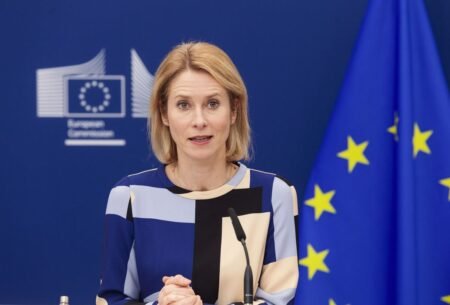(NEW YORK) – Global negotiations concluded at the United Nations Saturday on a landmark treaty to protect the ocean, tackle environmental degradation, fight climate change, and prevent biodiversity loss.
The new Treaty of the High Seas will allow to establish large-scale marine protected areas on the high seas, which are also necessary to meet the global commitment of the Kunming-Montreal Global Biodiversity Agreement concluded last December to protect at least 30% of the ocean by 2030.
For the first time, the treaty will also require assessing the impact of economic activities on high seas biodiversity. Developing countries will be supported in their participation in and implementation of the new treaty by a strong capacity-building and marine technology transfer component, funded from a variety of public and private sources and by an equitable mechanism for sharing the potential benefits of marine genetic resources.
The ‘Biodiversity Beyond National Jurisdiction’ treaty, agreed at the 5th Intergovernmental Conference in New York, is the fruit of more than a decade of global engagement to find solutions for this crucial global environmental issue. The EU and its Member States have been leading the BBNJ High Ambition Coalition which played a key role in reaching the agreement. The coalition gathers 52 countries which are committed, at the highest political level, to achieve ambitious actions for the protection of the ocean. It was launched at the One Ocean Summit 2022 in Brest by President von der Leyen together with the French Presidency of the Council.
Now that the negotiations are over, the Agreement is set to enter into force once 60 States will have ratified. The EU will work to ensure this happens rapidly and to help developing countries prepare for its implementation. To this end, the EU has pledged 40 million as part of a Global Ocean Programme and has invited members of the High Ambition Coalition to do the same within their capabilities.








